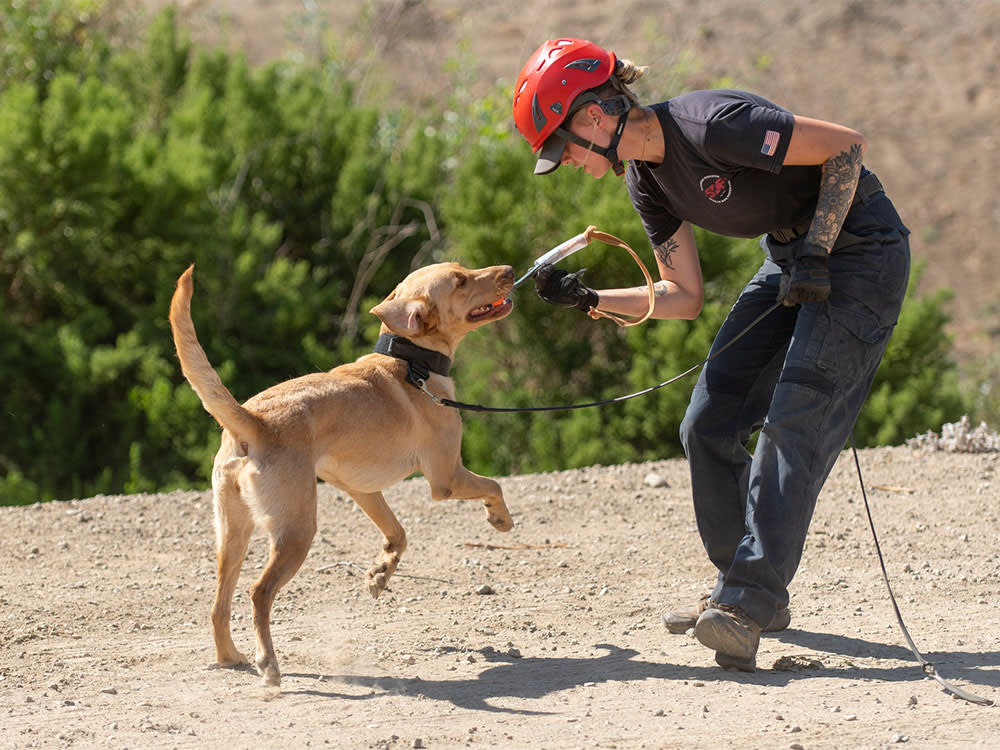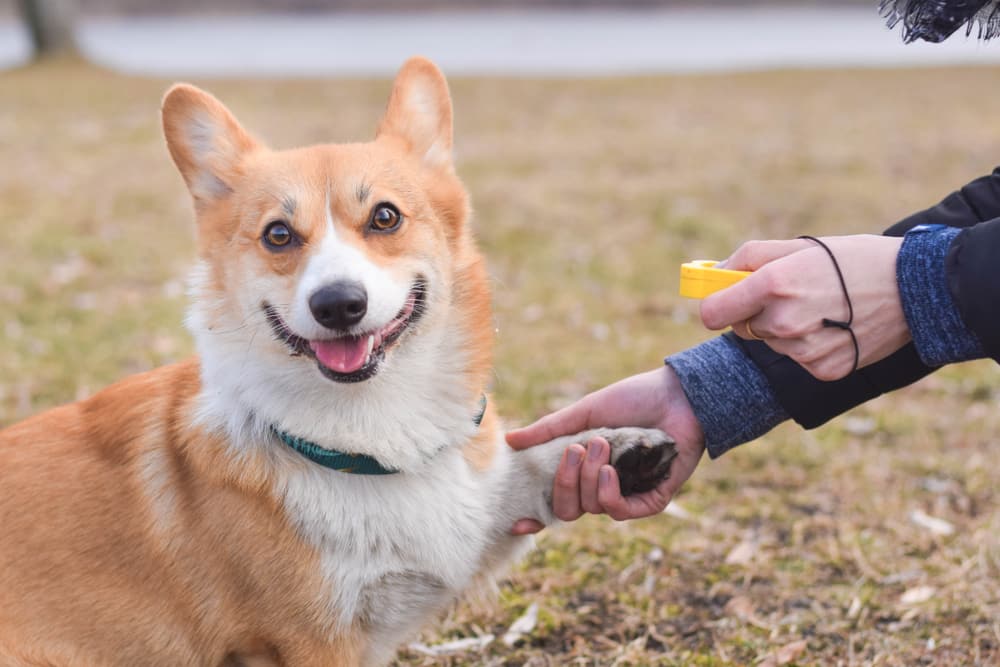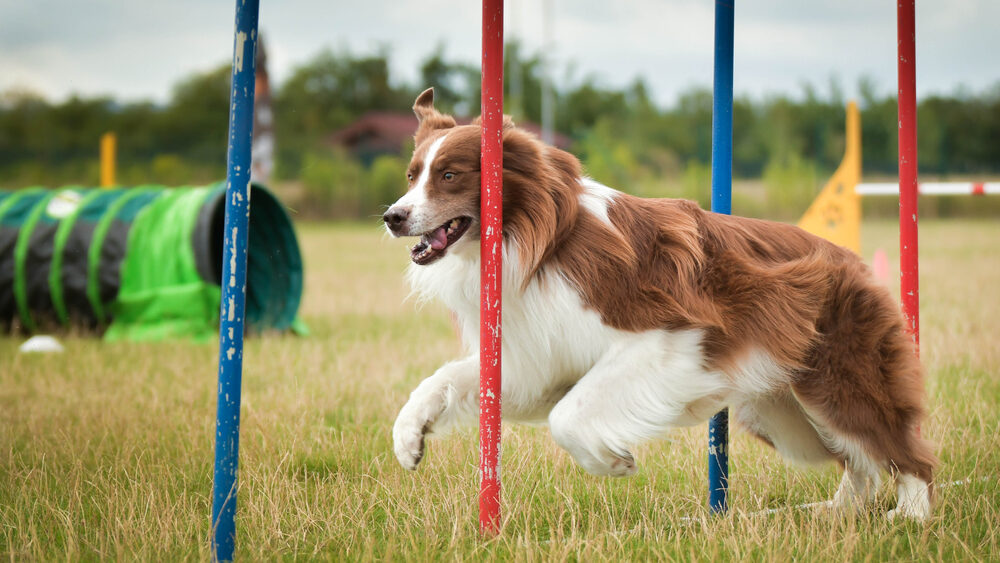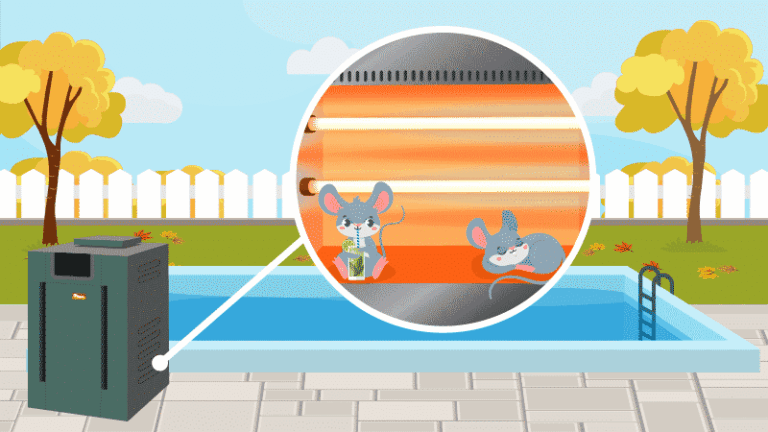Dog training has long been practiced by humans to help them better bond with their furry companions. But in recent years, the science and art of dog training have advanced dramatically, paving the way for us to unlock our dogs’ full potential.
By utilizing a combination of positive reinforcement techniques and a comprehensive understanding of canine behavior, it is now possible to effectively train any breed or age group of dog. With the right approach and dedication, you can develop an obedient pet that will become your best friend for life.
Understanding Canine Behavior: the Foundation for Successful Training

Training a dog is an art and science, but the foundation for success starts with understanding canine behavior. By getting to grips with how dogs think, feel and communicate we can better understand our furry friends and start to build trust in our bond.
When training a pup, it’s important to recognize that they are individuals just like us, so paying attention to their wants and needs is vital. We need to take into account breed characteristics, age and individual temperaments when tailoring our approach as this will help us become more efficient trainers.
Dogs naturally learn through positive reinforcement; rewarding desired behaviors allows them to be motivated by rewards such as treats or verbal praise which strengthens desirable habits over time. Through consistent repetition of commands under different circumstances, combined with patience from owners, pups can quickly learn complex behavior tasks while feeling secure in their environment.
By developing an awareness of canine body language we begin breaking down barriers between species enabling us both clearly communicate together without misunderstanding or confusion arising between owner-dog pairings. A lack of communication can lead to unwanted behaviors but you have the power within your hands (or leash) on how far you want your relationship with your pup will grow!
Utilizing Positive Reinforcement to Encourage Desired Behaviors

Positive reinforcement is a powerful tool for training dogs and unlocking their potential. It encourages desired behaviors by rewarding the dog with treats, praise, or playtime when they do something right.
Positive reinforcement helps foster an environment that motivates your pup to continue learning new skills and reinforces good behavior in the process. Using positive reinforcement requires patience and consistency from the trainer because it may take several attempts before a dog understands what you want them to do.
By providing consistent rewards for correct behaviors, however, you can help create an atmosphere of trust between you and your pet so they are more likely to comply in future lessons. Additionally, by understanding each breed’s individual needs and temperament as well as how they respond to different types of reinforcement, trainers can tailor their approach accordingly for maximum results.
Incorporating positive reinforcements into any dog-training regimen will ensure that both owner and pup have a successful experience every time – one where everyone learns something new! Through this method of teaching, owners gain insight into their pups personalities while helping them develop confidence as well as learning boundaries within acceptable behavior; all leading to happy encounters together now (and over time).
Applying Operant and Classical Conditioning Principles in Dog Training

sing operant and classical conditioning principles, dog trainers can help unleash a dogs potential. Through these techniques, dogs learn to respond to certain behaviors in specific ways, developing a baseline of obedience that can be built upon through further training exercises.
By applying the principles of positive reinforcement and negative punishment — rewards for desired behavior and consequences for undesired behavior — trainers can quickly teach their canine companions basic commands such as sit or stay. Similarly, by introducing stimuli associated with reward or punishment in the form of treats or verbal corrections, trainers can condition their pup’s responses to various situations. Such conditioning allows them to develop an understanding of expectations which then facilitates more advanced training sessions like agility courses or scent work where precise behavioral sequences are necessary for success.
Ultimately, proper application of operant and classical conditioning principles helps dog owners unlock their pet’s full potential while maintaining control over them in any situation.
Conclusion
Dog Training Carmel is a great resource for learning the art and science of dog training. By unlocking their full potential, owners can develop strong relationships with their beloved pets as well as help them to become better behaved companions.
With the right guidance and techniques, you can teach your pup obedience skills that will last a lifetime. Dog Training Carmel offers an array of services, from basic commands to complex behavioral modification – all in order to ensure that your four-legged friend has the best possible life. Unleash your pup’s potential today and give them the tools they need to be happy and content!







